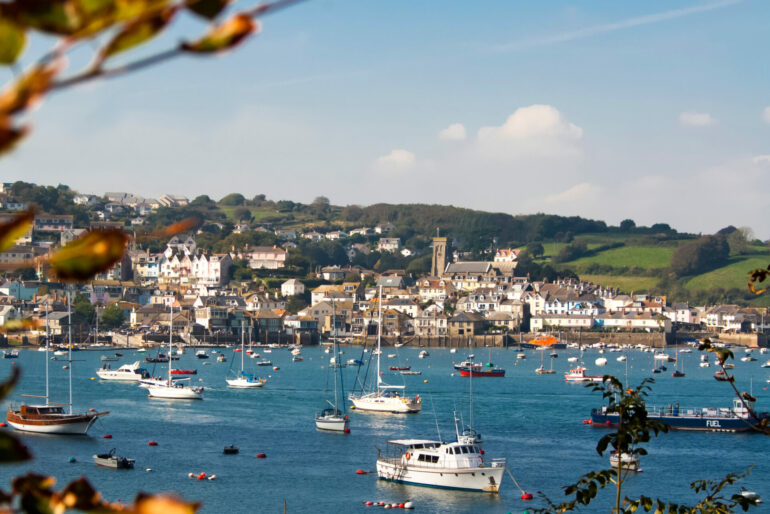The Halifax Seaside Homes Review reveals that Salcombe, a picturesque town in Devon, has become the most expensive seaside location in the UK to purchase a home, with an average price tag of £1.2m.
The town has overtaken Sandbanks in Dorset, which had previously held the top spot, with an average property price of £952,692.
Based on house price data from the Land Registry and Registers of Scotland, the review tracks house price movements in 209 seaside locations across Great Britain.
The average price of a seaside home in the country has risen by 4% from 2021 to 2022, reaching £304,460.
The biggest house price increases in 2022 were observed in Yarmouth (Isle of Wight), Aldeburgh (Suffolk), and Campbeltown (West Scotland). Salcombe, Margate, and Westgate-on-Sea have experienced the most significant seaside house price growth over the past decade.
In contrast, Greenock in Scotland has the lowest average seaside house price in Britain at £97,608.
Kim Kinnaird, mortgages director at Halifax, said: “For many, owning a home by the sea is an aspiration, with coastal living offering beach walks, clean air and other health benefits. But this comes at a price in many locations and Britain’s most expensive seaside spot, Salcombe in Devon, will set buyers back over £1.2m on average.”
Kinnaird added: “When we delve deeper into the cost of Britain’s seaside homes, it’s clear that there is a broad spectrum in house prices. Whilst million-pound properties are abundant in the South West of England, in contrast, homes in Greenock in Scotland are valued on average at less than £100,000.”
She also noted the role of second home ownership in driving up prices in the most desirable locations and the need for investment in Britain’s coastal communities: “Second home ownership undoubtedly plays a role in driving up prices in the most desirable locations.
“While house prices in any location are driven by factors such as supply and demand and interest rates, there are also socio-economic factors at play. Some of these factors are more acute in Britain’s coastal communities, and many British towns most in need of investment also sit near the shore.”



